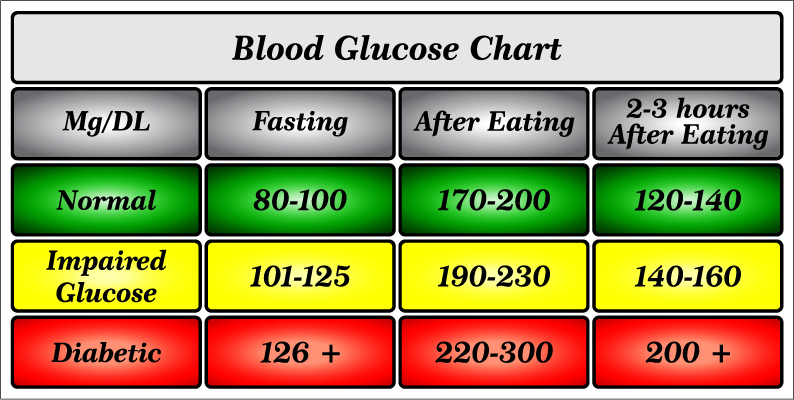Diabetes develops when a person’s body fails to produce enough insulin. This can cause many complications, such as leg pain. When diabetic patients experience leg pain, it might be due to nerve damage. Nerve damage may happen if a diabetic does not receive treatment or is incapable of managing their glucose levels.
Why does diabetes cause leg pain?
Diabetic neuropathy occurs commonly in arms and legs. Diabetics might experience several complications, particularly if their glucose levels are not under control. A common complication of diabetes is diabetic neuropathy.
Diabetic neuropathy is nerve damage. Diabetic neuropathy may crop up in different body parts. But is more common in the legs and arms. When nerve damage happens in these outer limbs, it is diabetic peripheral neuropathy. When this condition affects the legs, it means that the nerves there are no longer working properly. An individual might feel pain, numbness and tingling. People who experience diabetic peripheral neuropathy are at a greater risk of developing serious complications in their feet or legs. These can be injuries or amputation. In diabetic neuropathy, treatment majorly focuses on lowering the pain and cramps. Treatments might also aid in slowing down the progression of the condition.
Treatments
Prevention is the best treatment for diabetic neuropathy. Diabetics might lessen their risk of developing diabetic peripheral neuropathy via effective glucose management. Even if they develop diabetic peripheral neuropathy, an individual must aim to control their glucose levels. The primary focus of treating diabetic peripheral neuropathy is pain management. In mild cases, a patient can use OTC drugs like ibuprofen or acetaminophen. In moderate to severe cases, drugs like pregabalin or duloxetine can treat the pain. In some cases, a doctor might suggest opioid drugs like tapentadol or tramadol.
Home remedies
Exercise
An individual with diabetic peripheral neuropathy can increase their physical activity. Getting regular, moderate exercise carries a range of health benefits. These can include improved blood flow. Improved blood flow aids in transferring oxygen and nutrients to the legs. Individuals with diabetic peripheral neuropathy may experience a decrease in their signs if they increase their level of physical activity.
Diet
Consuming a balanced diet helps diabetics manage nerve pain. By consuming the right foods to help control glucose levels, individuals might prevent worsening damage. Also, it might help in lowering down the underlying inflammation. Concentrate on healthful options that may keep the blood sugar levels steady. Beneficial foods can be:
- lean proteins
- non-starchy vegetables
- fruits, in moderation
- good fats, such as those from olive oil, nuts, or fish
- complex carbs like oatmeal or whole-grain pastas and breads
Supplements
Individuals do not always receive all the nutrients they require from their diet alone. In a few cases, supplementing nutrient consumption might help fill nutritional gaps. Vitamins and supplements that may assist diabetic neuropathy may be:
- acetyl-L-carnitine
- alpha-lipoic acid
- vitamin D
- vitamin B-12
Stop smoking
Quitting smoking, or never starting, might have a positive effect on the overall health. Individuals with diabetic peripheral neuropathy may find an improvement in their signs if they do not smoke. This is because smoking hinders circulation.
Additional signs
Together with leg pain, a person might also experience signs such as:
- feet that get very cold or very hot
- tingling in the feet or lower legs
- a burning feeling
- loss of sensation in the lower legs and feet
- weakened muscle tone in the legs and feet
- overly sensitive feet
- altered bone structure in the feet
- no pain, even when blisters or sores are present
- open sores or ulcers on the feet
Prevention
An individual must eat a balanced diet. It helps in keeping their blood sugar levels in check. It is not always possible to avoid diabetic peripheral neuropathy. Individuals might greatly reduce their risk of developing it by properly regulating their glucose levels. Few steps a person can take to help keep their blood sugar levels in check include:
- having a balanced diet
- exercising regularly
- monitoring glucose levels during the day
- consuming medicines
The most vital thing a person can do to avoid or lower the impact of diabetic peripheral neuropathy is proper glucose control. Good blood sugar management prevents leg pain. Also, it lowers the risk of experiencing added complications. Individuals can most often manage the pain by having drugs and making lifestyle alterations.




More Stories
Customised tableware for events and festivals
Professional Pedicure in London: Treat Your Feet the Right Way
Why Botox is a Good Treatment for Teeth Grinding?